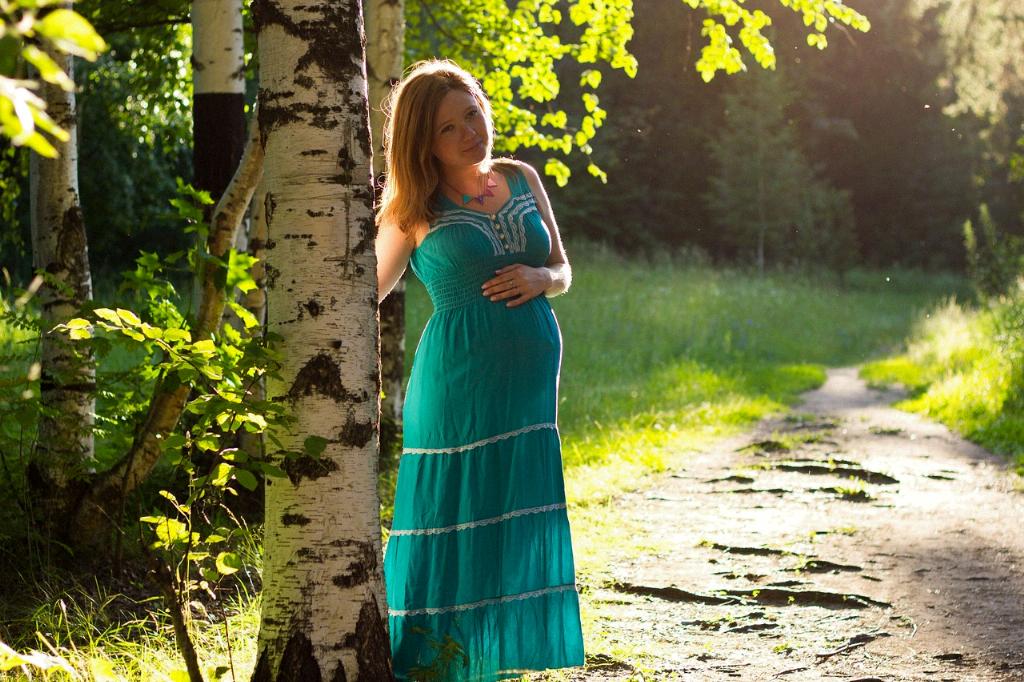When facing the possibility or need for a hysterectomy, many individuals may wonder about the potential for pregnancy after the procedure, especially in the case of a partial hysterectomy. Let’s delve into this topic to gain a better understanding.
What is a Partial Hysterectomy?
A partial hysterectomy involves the removal of the uterus while leaving the cervix intact. This procedure is typically performed for specific medical reasons, such as treating conditions like fibroids or endometriosis. However, it’s important to note that even with a partial hysterectomy, the uterus, which is essential for carrying a pregnancy, is no longer present.
The Role of the Uterus in Pregnancy
The uterus plays a critical role in pregnancy as it is the organ where a fertilized egg implants and grows into a fetus. Without a uterus, the possibility of achieving a pregnancy, naturally or through assisted reproductive technologies, is not feasible.
Impact on Ovulation and Hormone Production
While a partial hysterectomy may preserve the ovaries, which are responsible for producing eggs and hormones like estrogen and progesterone, the absence of the uterus means that even if ovulation occurs, there is no place for a fertilized egg to implant and develop.
Understanding Ovulation and Menstruation
After a partial hysterectomy, some individuals may still experience ovulation and menstrual-like symptoms. This can be confusing, as it may give the impression of fertility. However, it’s essential to remember that without a uterus, pregnancy cannot occur.
Considerations for Future Fertility
If preserving fertility or the option for future pregnancy is a concern, it’s crucial to discuss these desires with your healthcare provider before undergoing a hysterectomy. They can provide guidance on alternative treatments or procedures that may address your medical condition while maintaining potential fertility.
Exploring Fertility Options Post-Hysterectomy
For individuals who have already undergone a hysterectomy and wish to explore options for becoming parents, avenues such as surrogacy or adoption can be viable alternatives. These paths allow individuals to experience parenthood without the physical ability to carry a child.
Emotional Aspects of Fertility Challenges
Coping with fertility challenges, whether due to a hysterectomy or other reasons, can evoke a range of emotions. It’s essential to seek support from loved ones, counselors, or support groups to navigate these feelings and find ways to embrace alternative paths to parenthood.
Remaining Informed and Empowered
By staying informed about the implications of a partial hysterectomy on fertility and exploring options for future family building, individuals can make empowered decisions that align with their desired life path and goals.
Conclusion
In conclusion, the possibility of getting pregnant with a partial hysterectomy is not feasible due to the absence of the uterus, which is essential for carrying a pregnancy. While fertility may be impacted post-hysterectomy, there are alternative paths to parenthood that individuals can explore with the support of healthcare providers and emotional wellness resources.

